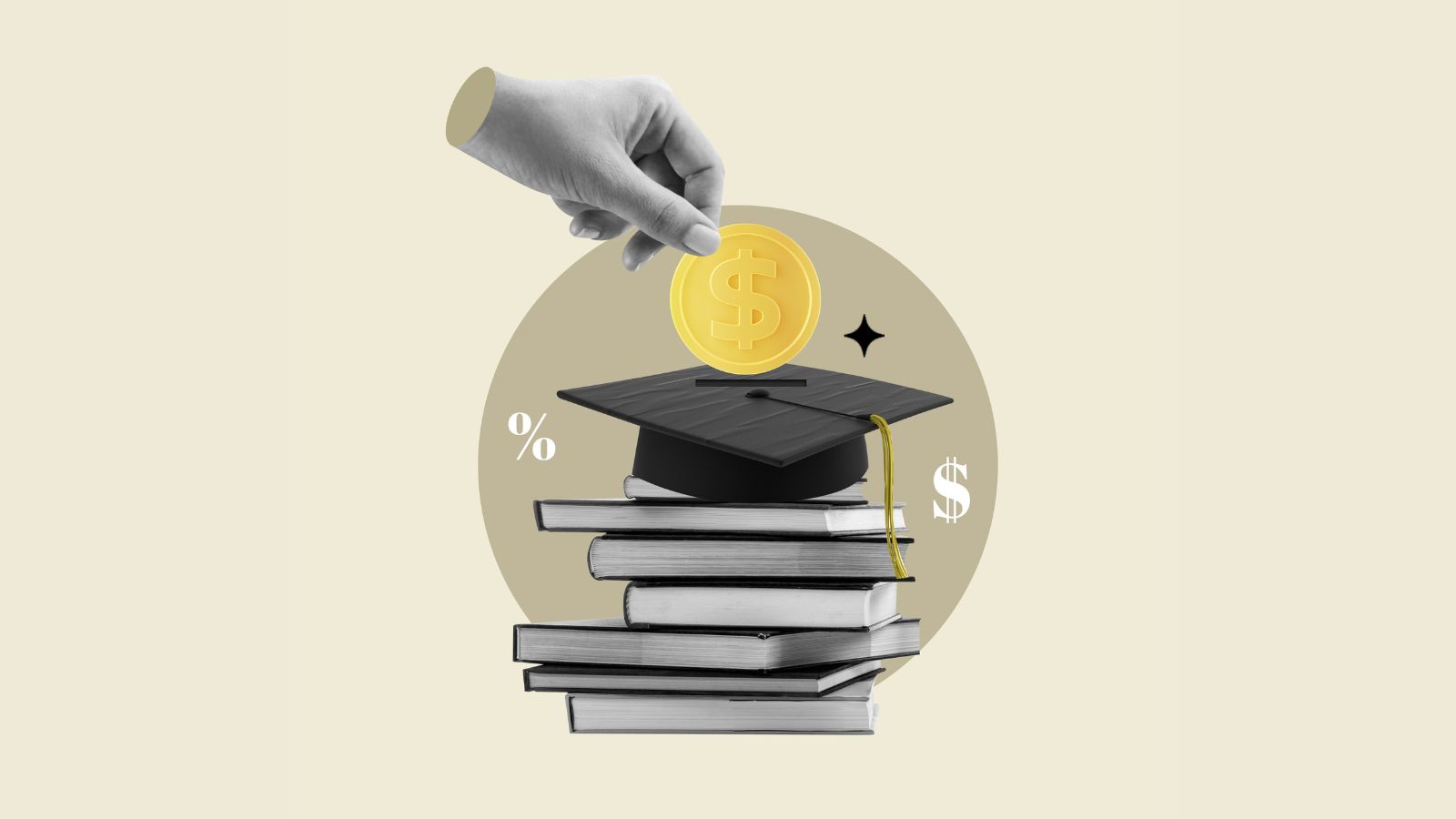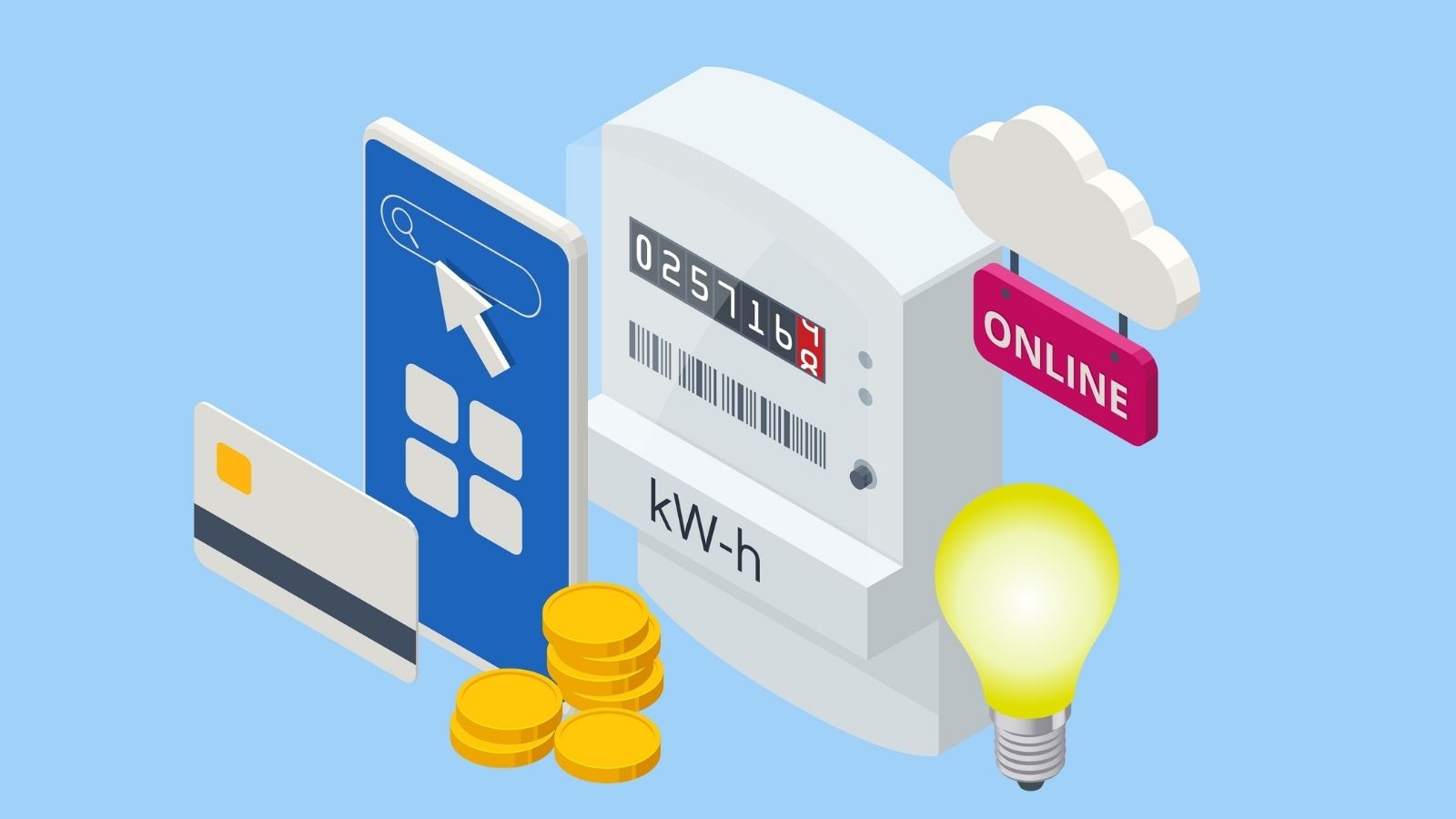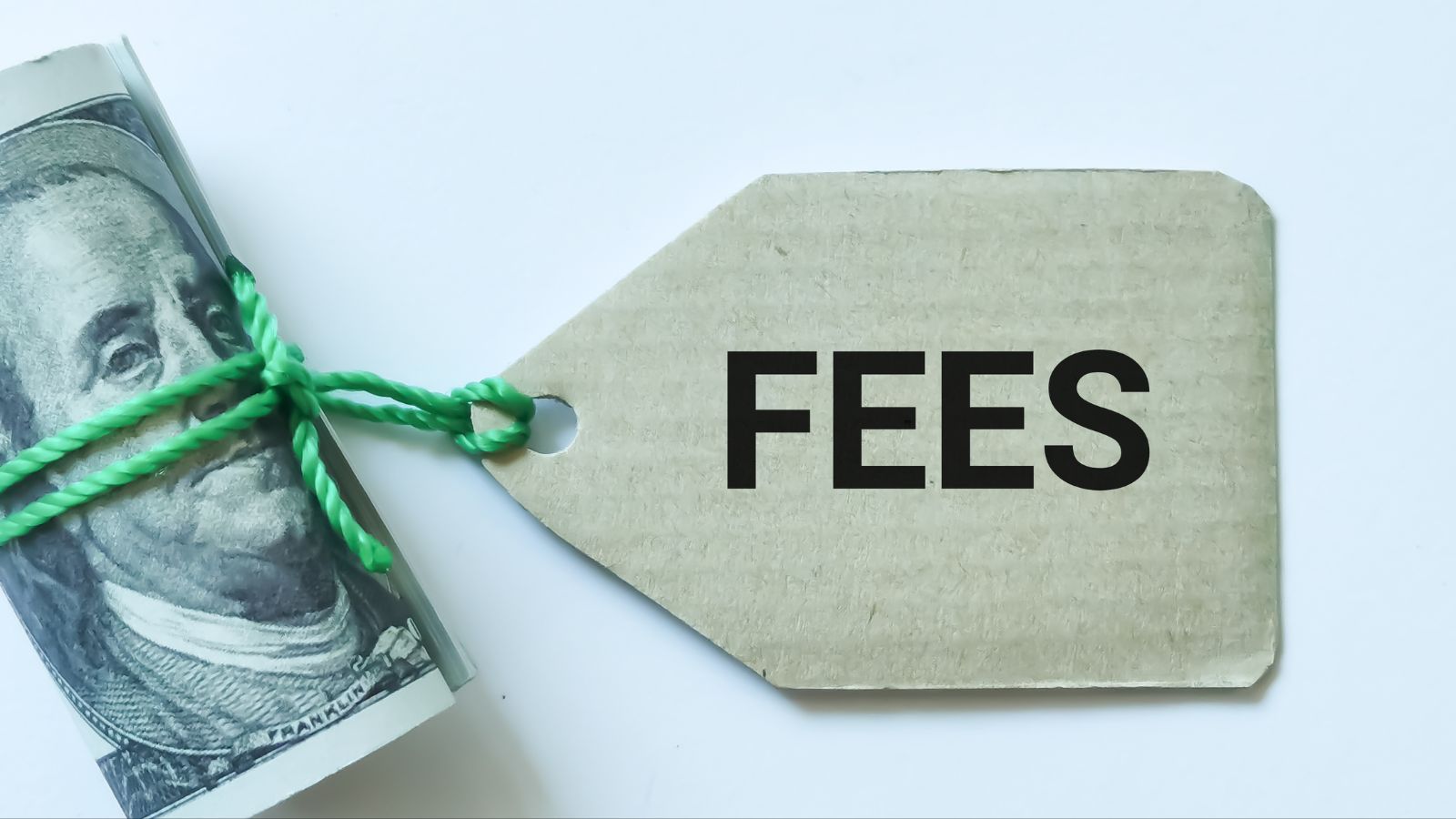Consumer debt has become an indisputable aspect of contemporary life, influencing how people handle money. Behind the numbers and the comforts that credit provides, however, debt has stealthily crept into households, with effects that many people are unaware of until it is too late. The expanding trends surrounding consumer debt highlight the negative aspects of financial dependence, even though debt can be a valuable tool for some people. These 20 unexpected patterns in consumer debt are subtly ruining lives and livelihoods.
Credit Card Debt Hits Record Highs

Every year, credit card debt rises to all-time highs as consumers use plastic to pay for anything from everyday bills to unexpected catastrophes. The typical household credit card amount has increased, entangling consumers in a cycle of minimum payments and sky-high interest rates.
Temptation to Purchase Now and Pay Later

Although the popularity of “buy now, pay later” services may appear to be a solution to make purchases easier to handle, they frequently result in unanticipated debt accumulation. Many customers are unaware of the rapid accumulation of modest, dispersed payments, which might leave them with several debts.
Young Adults’ Student Loan Burden

Student loans increasingly burden students and prevent them from starting families, saving for retirement, or even purchasing homes. Many people struggle to regain their financial footing long after graduation since the promise of higher education frequently comes with decades of debt.
Health Care Debt Is Growing Even With Insurance

Medical bills are a significant source of debt even when insurance is in place. Many patients must pay out-of-pocket for procedures, medications, and treatments their insurance does not cover. This trend is subtly ruining the nation’s households’ financial well-being.
Payday Loans Prey on Consumers at Risk

Marketed as short-term financial solutions, payday loans have trapped millions of low-income people in an endless cycle of high-interest debt. These loans can potentially escalate a short-term cash crunch into a long-term financial disaster, with interest rates occasionally surpassing 300%.
Auto Loans With a Seven-Year History

Lenders provide lengthier loan terms—some extending over seven or even eight years—as auto prices rise. This keeps debtors in debt for most of the vehicle’s life, even though it lowers monthly payments. It also raises the overall amount of interest paid.
Credit Card Benefits Hiding Debt Risks

Many people have been persuaded by credit card rewards programs that spending more money to get points, miles, or cash back makes sense. However, the benefits are frequently outweighed by the interest paid on these balances, so the “rewards” are only a front for mounting debt.
Errors in Debt Consolidation

By combining several loans into one, debt consolidation promises to make payments easier and frequently results in reduced interest rates. However, if customers continue to spend carelessly or don’t change their financial habits, this trend could backfire and cause them to incur more debt.
Giving Up Retirement Funds to Pay Off Debt

Unaware of the long-term effects, more and more people are using their retirement funds to settle debts. Future retirees may not be ready for their golden years if they take early withdrawals from retirement accounts because they may incur penalties and taxes and lose compound gains.
Growing Housing Costs and Mortgage Debt

With the rapid rise in property prices, mortgage debt is at an all-time high. While current homeowners take out additional loans to pay for upgrades, homebuyers are extending their budgets to afford properties, resulting in a difficult-to-leave long-term financial burden.
Hidden Debt in Subscription Services

Despite their convenience, subscription services are causing undetected consumer debt. These ongoing fees, which range from meal packages to streaming services, can mount up and gradually deplete credit cards and bank accounts.
Taking on Debt to Pay for Their Kids’ Education

Parents are increasingly bearing the cost of their children’s education, frequently through Parent PLUS loans. These loans can potentially put parents’ financial stability at risk by leaving them with significant debt far into their retirement years.
Personal Loans for Non-Essential Expenditures Are Increasing

Although personal loans can be a lifesaver for necessities, more people use them for non-essential expenses like weddings and holidays. These loans, which frequently have exorbitant interest rates, contribute to the mounting consumer debt load and lead to unstable finances.
Interest Rates Rising Faster Than Wages

The cost of maintaining debt increases as interest rates rise. Unfortunately, people find it more challenging to pay off their loans because salaries haven’t kept up. This growing disparity between income and debt obligations is subtly squeezing household budgets.
An obsession with credit scores

People are being pushed into needless debt by the urge to raise or maintain a high credit score. Some customers think that obtaining additional credit will raise their credit ratings, but if they don’t manage it carefully, this can result in more debt than they can manage.
The harassment of debt collection

Aggressive debt collection companies are becoming more prevalent; some even use predatory methods to collect past-due amounts. Emotional discomfort brought on by this harassment may make it even more difficult for customers to regain control of their money.
Increasing Debt for Renters

Rent increases forced many tenants to fall behind on payments and take on debt to maintain their housing. The absence of affordable housing options and this debt are subtly jeopardizing the financial security of numerous tenants.
Hidden Fees Adding to Debt

Bank fees and late payment penalties are only two examples of the hidden fees consumers face, which subtly increase their debt. Over time, these tiny, seemingly unimportant expenses mount up, making it more difficult to pay off debt and maintain financial stability.
Increasingly Reliant on Credit for Basic Needs

More households use credit to pay for daily necessities like groceries, utilities, and gas. This trend is particularly problematic because it implies that many people are living above their means and finding it difficult to meet ends without taking on debt.
The Effect of Debt on Mental Health

Debt’s psychological effects are a little-known but important trend. Anxiety, despair, and even physical health problems can result from the stress of managing excessive debt.
Hidden Fees Adding to Debt

Bank fees and late payment penalties are only two examples of the hidden fees consumers face, which subtly increase their debt. Over time, these tiny, seemingly unimportant expenses mount up, making it more difficult to pay off debt and maintain financial stability.
Increasingly Reliant on Credit for Basic Needs

More households are turning to credit to pay for daily necessities like groceries, utilities, and gas. This trend is particularly alarming because many people are living above their means and finding it difficult to make ends meet without taking on debt.
The Effects of Debt on Mental Health

Debt’s psychological effects are a little-known but important trend. Anxiety, despair, and even physical health problems can result from the stress of managing excessive debt, subtly destroying the lives of individuals who are impacted.
Conclusion

The increase in consumer debt is a social problem as well as a financial one. These tendencies subtly undermine financial stability and general well-being as they spread. Although debt has its uses, its silent destruction is becoming increasingly apparent. The first step to taking back control and lessening the harm that unmanaged consumer debt can cause individuals and families is becoming aware of these developments.
18 Reasons Why People Are Leaving Florida in Masses

Exploring factors that impact the desirability of living in Florida, this list delves into various challenges shaping residents’ experiences. From environmental concerns like rising sea levels to economic factors such as fluctuating job markets, these issues collectively contribute to a nuanced understanding of the state’s appeal.
18 Reasons Why People Are Leaving Florida in Masses
